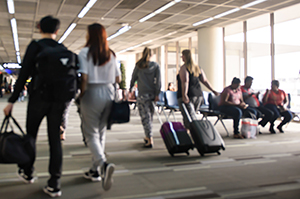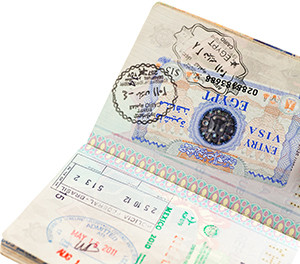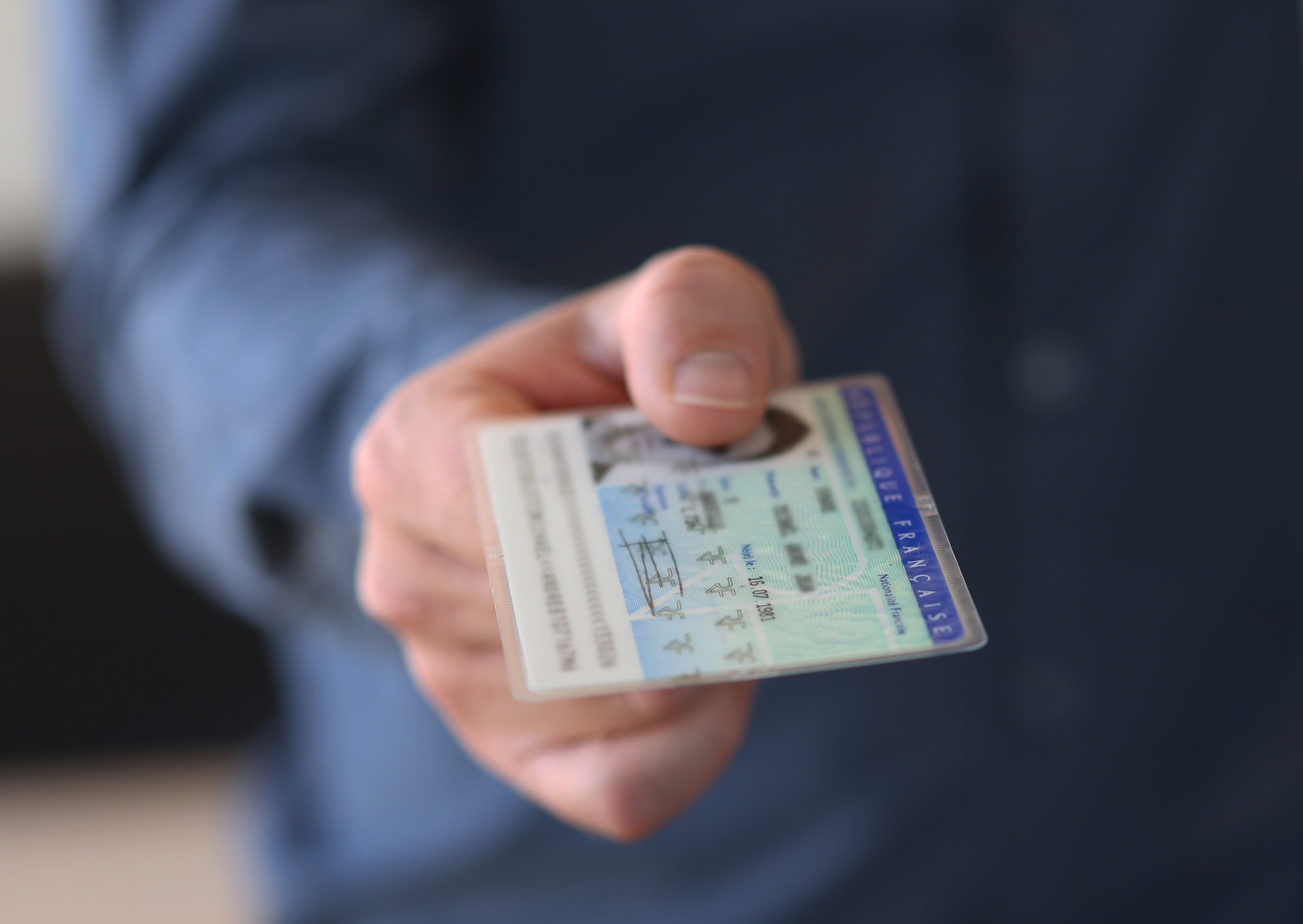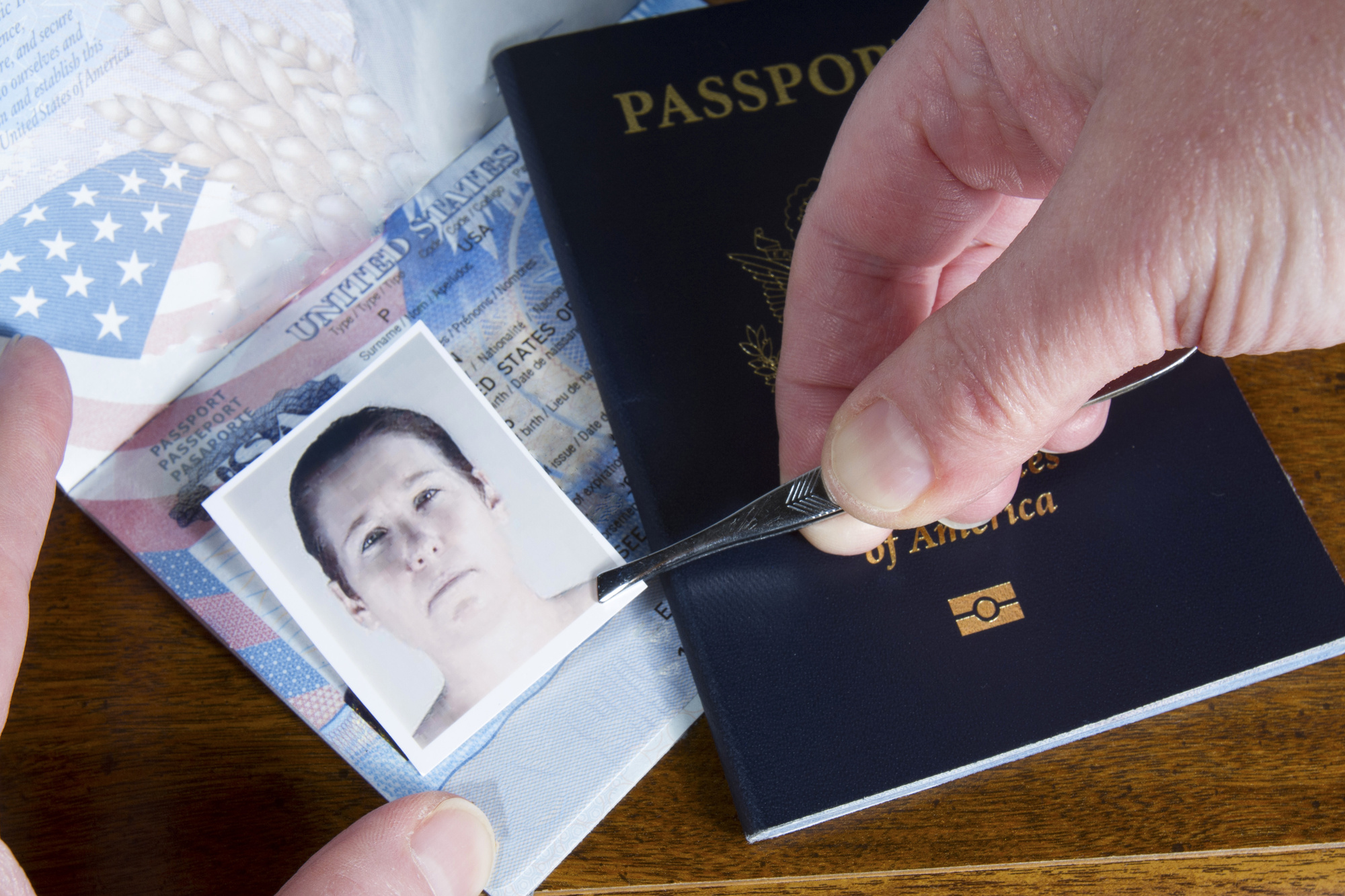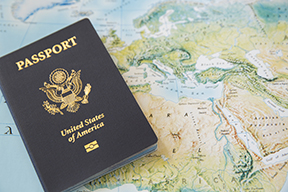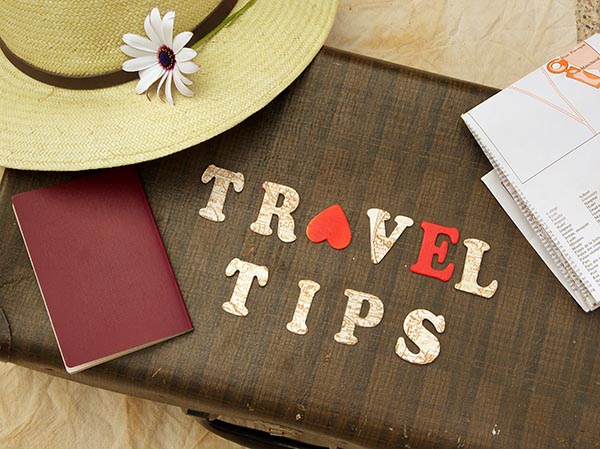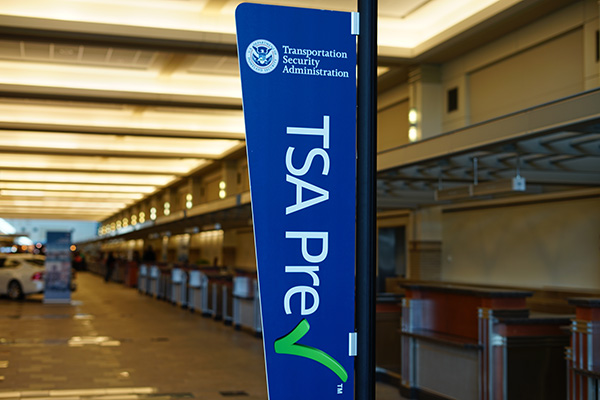You’re planning a beautiful family vacation to a destination you’ve always wanted to visit.
You want even the youngest members of your family to be able to enjoy the trip and to come along with you.
But if you’re leaving the country, do children need passports?
Yes.
Plus, you must ensure you know how to get a passport for a child.
There are many rules you might not initially expect, but the good news is that they’re not difficult to follow.
Whether you need a passport for a teenager under 18 or an infant passport, read on to learn what you need to know.
How to Get a Baby Passport?
First, let’s talk about the steps you need to take to secure an infant passport.
When you apply for a passport, you must ensure that both parents and the baby are present.
You’ll need to make sure that you bring the following primary documents (so, no copies):
- A birth certificate
- Proof that you are the parents
- Adoption decree (if needed)
- The government-issued ID of both parents
- Your Social Security card
We suggest that you make at least one copy of all of these documents and bring them with you in addition to the original.
You’ll also need to complete the DS-11 application form for an American passport. It would be best if you wrote only in black ink, but remember not to sign it until you’re in the Passport Acceptance building.
Let’s say that, due to travel or work obligations, it becomes impossible for both parents to be present at the passport application meeting.
In this case, you’ll need to ensure you have a notarized letter of consent from the absent parents. This is called the DS-3053 form.
If you’re a parent with sole custody of a baby?
Then you’ll also need to bring a judicial declaration supporting that you’re a sole parent. If the baby’s mother or father has died, you should bring their death certificate.
You must wait four to six weeks to receive your infant’s passport. Of course, you’ll also need to pay a passport processing fee to the Department of State.
Taking a Baby Passport Photo
Let’s discuss some rules surrounding the baby’s passport photo.
You’ll need to bring two passport photos, which are copies of one another. They need to have a white background and need to be 2 by 2 inches in size.
The head of the baby needs to be uncovered, and not even the hand of a parent supporting the child should be in the photo.
An infant’s eyes should try to be somewhat open, if possible.
Avoid casting any shadows on your baby’s face, and aim for an all-white background. You can put the baby down on a white sheet and take the photo from above.
Related Read: Single Parents Guide to Getting a Kid Passport
How to Get a Child Passport?
Now, let’s discuss how to get a passport for a child.
It’s important for you to keep in mind that passports created for children who are under the age of 16 will only be valid for five years.
Additionally, if you’re applying for a passport for someone under 16 years of age, you will need to apply in person. Both parents will need to be present as a means of showing parental consent.
The first step is to download and fill out the DS-11 form. As with the baby passport, don’t sign it until you’ve been instructed to do so during the in-person application process.
You’ll need to give your child’s Social Security number and documents that can help you show your child is a U.S. citizen.
This can include an older expired passport, a birth certificate, a certificate of citizenship, or a report of birth abroad if needed.
Bring both the originals and copies, and if it’s not possible to get an original, bring a certified copy.
You’ll also need to prove your parental relationship with the child. This can be your birth certificate, custody decree, adoption decree, or foreign birth certificate.
You’ll also need to bring your government-issued ID and a photocopy.
You’ll also need to pay fees, which can be calculated on the U.S. Department of State Travel website.
Related Read: DS-10 Birth Abroad Application Form
Child Passport Photo
Your child needs to have a neutral expression, and they need to be directly facing the camera.
They need to keep both eyes open, and they should also show the tops of their ears.
As with the infant passport, you’ll need a plain white background for the photo.
When it comes to size, the photo will need to be in color and two by two inches in size.
Related Read: Where to Get a Passport Photo Taken?
Ready to Get a Passport for a Minor?
We hope this post has helped you better understand how to get a passport for a child.
Whether you need to get an infant passport or if you want to get one for your teenager, it’s important that you become as familiar with the rules as you can.
This will save you a lot of headaches down the line.
Of course, we know that you sometimes leave the job of getting a passport to the last minute.
If you’re in need of an expedited passport, we want to help you to be able to get it.
Spend some time on our website to learn more, and reach out to us when you need help.
Conclusion
Getting a passport for a child may seem like a daunting task.
However, with the right preparation and research, you can be prepared to apply without any problems.
Remember to have all necessary documents ready and two identical photos that meet the size requirements (2 by 2 inches in color).
You should also be aware of the different rules.


